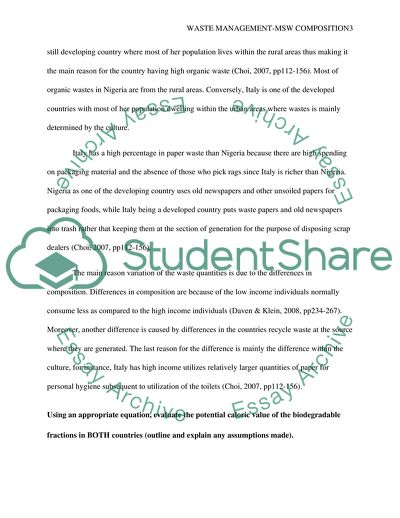Cite this document
(Difference in the Percentage of Biodegradable Materials between Assignment, n.d.)
Difference in the Percentage of Biodegradable Materials between Assignment. https://studentshare.org/environmental-studies/1826839-waste-management-msw-composition
Difference in the Percentage of Biodegradable Materials between Assignment. https://studentshare.org/environmental-studies/1826839-waste-management-msw-composition
(Difference in the Percentage of Biodegradable Materials Between Assignment)
Difference in the Percentage of Biodegradable Materials Between Assignment. https://studentshare.org/environmental-studies/1826839-waste-management-msw-composition.
Difference in the Percentage of Biodegradable Materials Between Assignment. https://studentshare.org/environmental-studies/1826839-waste-management-msw-composition.
“Difference in the Percentage of Biodegradable Materials Between Assignment”. https://studentshare.org/environmental-studies/1826839-waste-management-msw-composition.


